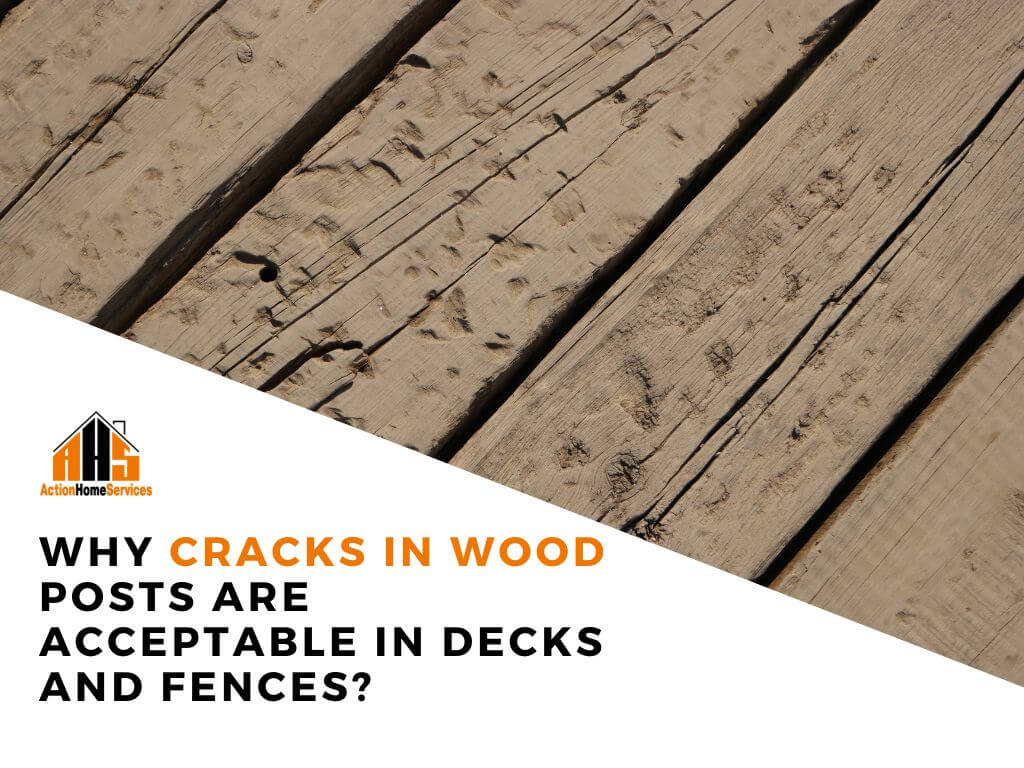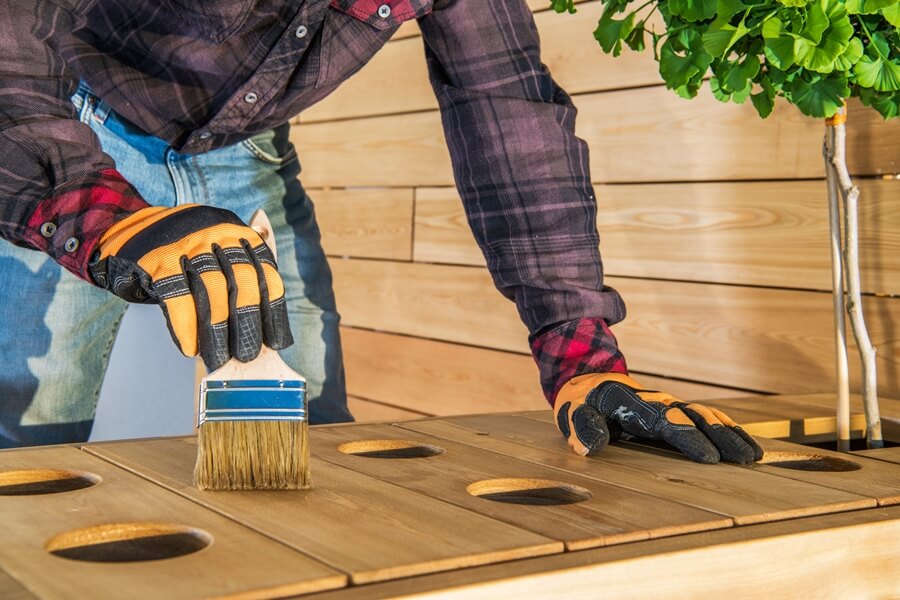
Wood is a natural material, and cracks in wood posts, often referred to as “checking,” are a common occurrence in both decks and fences. While they may seem concerning at first, these cracks are typically not structural issues and are a normal part of the wood's aging process.
The Science Behind Wood Cracking: Temperature, Humidity, and Structural Integrity
Wood naturally expands and contracts in response to environmental changes like temperature and humidity. During hot and dry conditions, the outer layers of the wood dry faster than the inner core, causing the wood to shrink unevenly and leading to cracks. This process is especially noticeable in larger, thicker posts. However, checking does not usually affect the wood’s strength or integrity. The internal core remains solid, continuing to support the load it was designed to handle.
Cracks in wood posts are more of a cosmetic concern than a structural one. They add a rustic, natural aesthetic to outdoor structures like fences and decks, aligning with the organic look many homeowners desire in their landscaping. In fact, most pressure-treated wood or cedar used in outdoor construction is known for developing surface checks as part of its natural aging process.

To mitigate concerns, wood posts can be sealed with waterproofing products to slow down the drying process. Proper maintenance and regular inspections will also help ensure the longevity of wood structures, despite the presence of cracks.
In conclusion, cracks in wood posts are a natural and expected phenomenon. They are typically harmless, adding character to outdoor structures without compromising their strength or durability.


